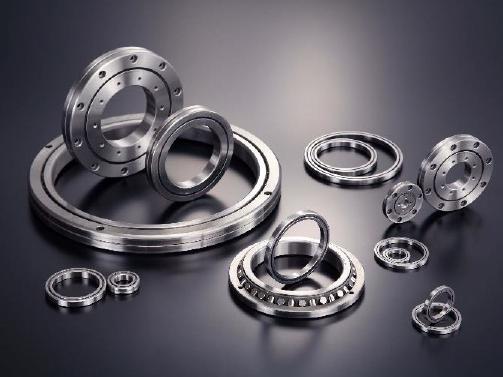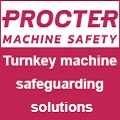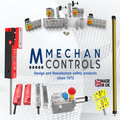
Posted to News on 23rd Apr 2021, 09:10
Industrial robots demand versatile crossed roller bearings
Robotic motion is becoming more complex and challenging

Machine designers must also fit bearings into shrinking mechanisms, such as articulating arms that position and rotate objects.
Crossed roller bearings are designed to make line-contact with the raceway surface to give them their excellent rigidity and load-handling ability, while minimising deformation and maximising accuracy.
The same construction that allows them to achieve heavy-duty performance also gives them the versatility today’s robotic applications demand, states IKO International, whose crossed roller bearings, it states, are engineered to handle radial, thrust and moment loads at the same time, “which makes them particularly suitable for applications with complex motion”.
Bearing the brunt
Among the wide range of IKO’s crossed roller bearings, customers can choose bearings with extra high rigidity or satisfy restrictive space and weight requirements for robotic mechanisms that perform light-duty wrist and arm motion.
The bearings can help satisfy specific industrial robot requirements in a number of ways, IKO states, such as when an application requires very high rigidity. “CRBH Series crossed roller bearings feature solid, non-separable inner and outer ring construction to easily achieve high rigidity and high accuracy without being affected by surrounding structures.
High rotational speeds
"Suitable for applications with medium to high rotational speeds, the bearings incorporate separators between the cylindrical rollers to provide smooth rotation.”
These bearings are said to combine high rigidity, accuracy and easy installation. Mounting holes allow them to be bolted quickly onto the assembly. This type also incorporates separators between the cylindrical rollers.
Want the latest machine building news straight to your inbox? Become a MachineBuilding member for free today >>
IKO Nippon Thompson Europe B.V.
2 Vincent Avenue
Crownhill
MK8 0AB
UNITED KINGDOM
+44 (0)1908 566144

















